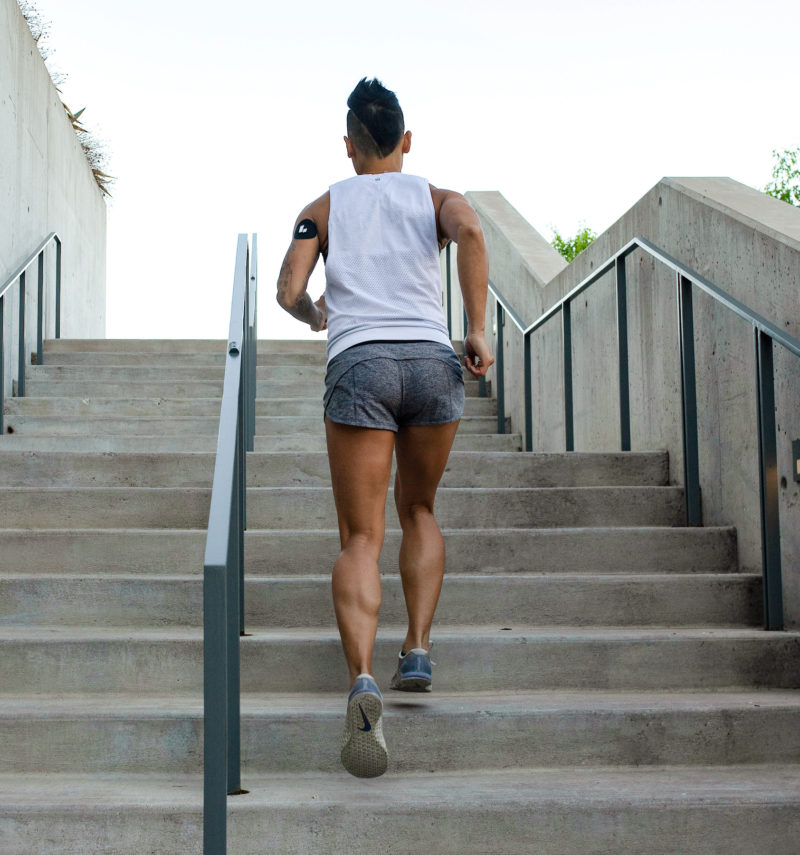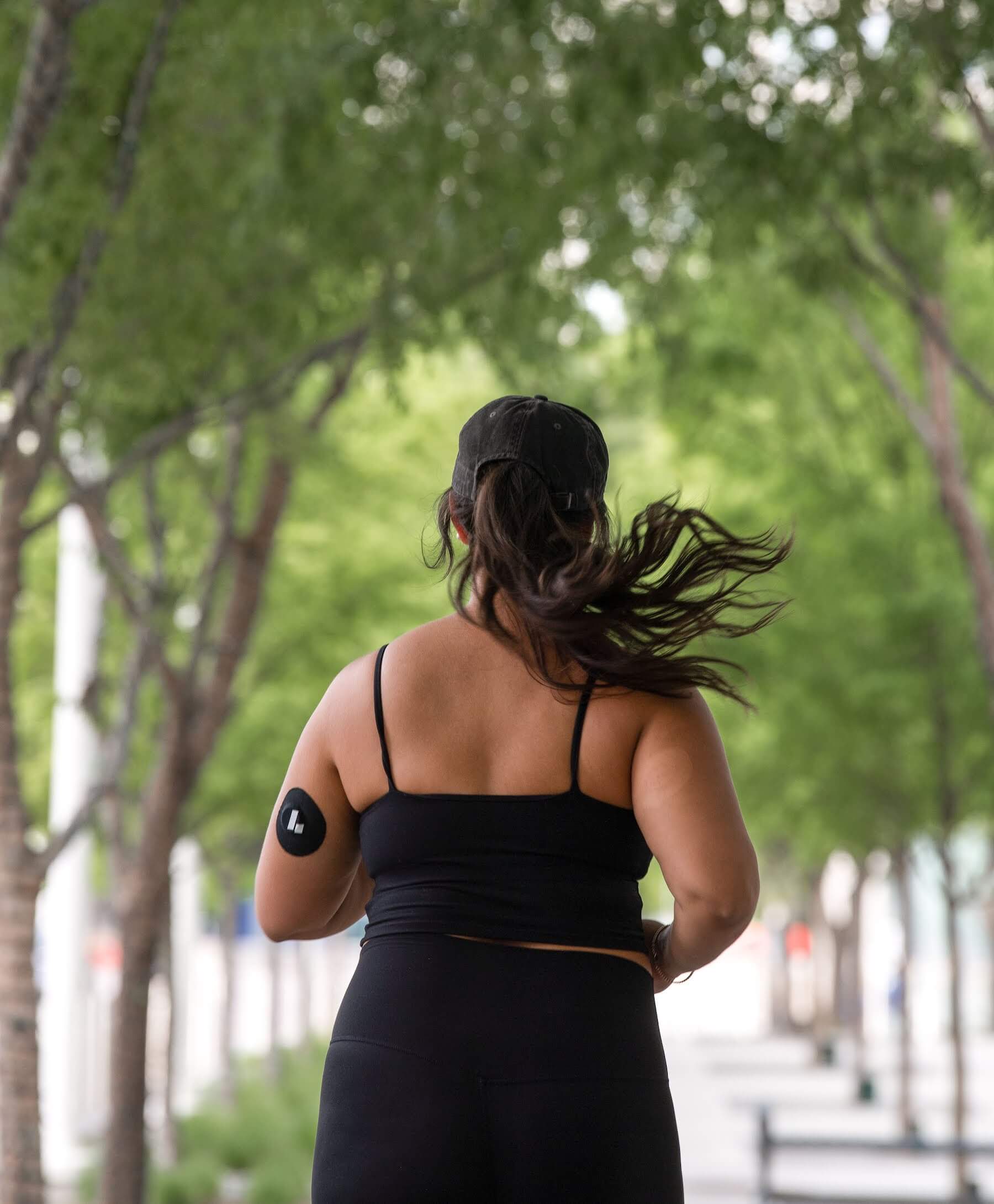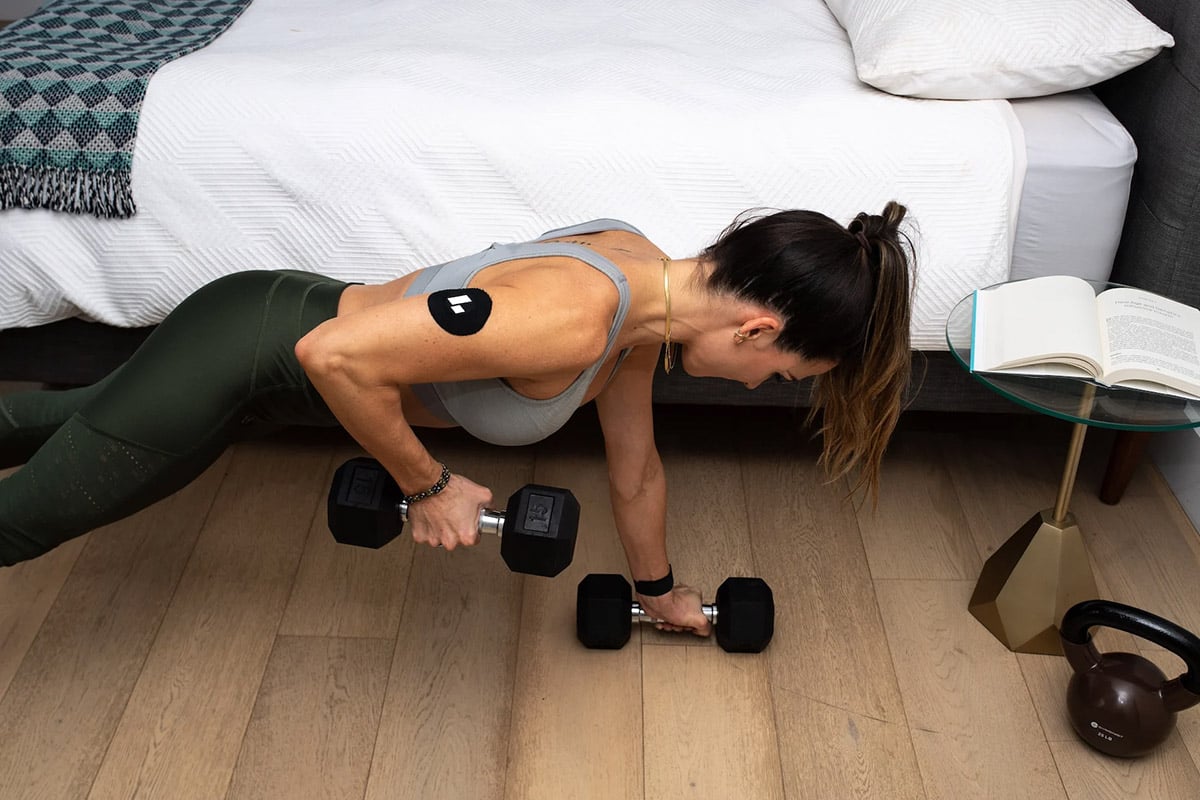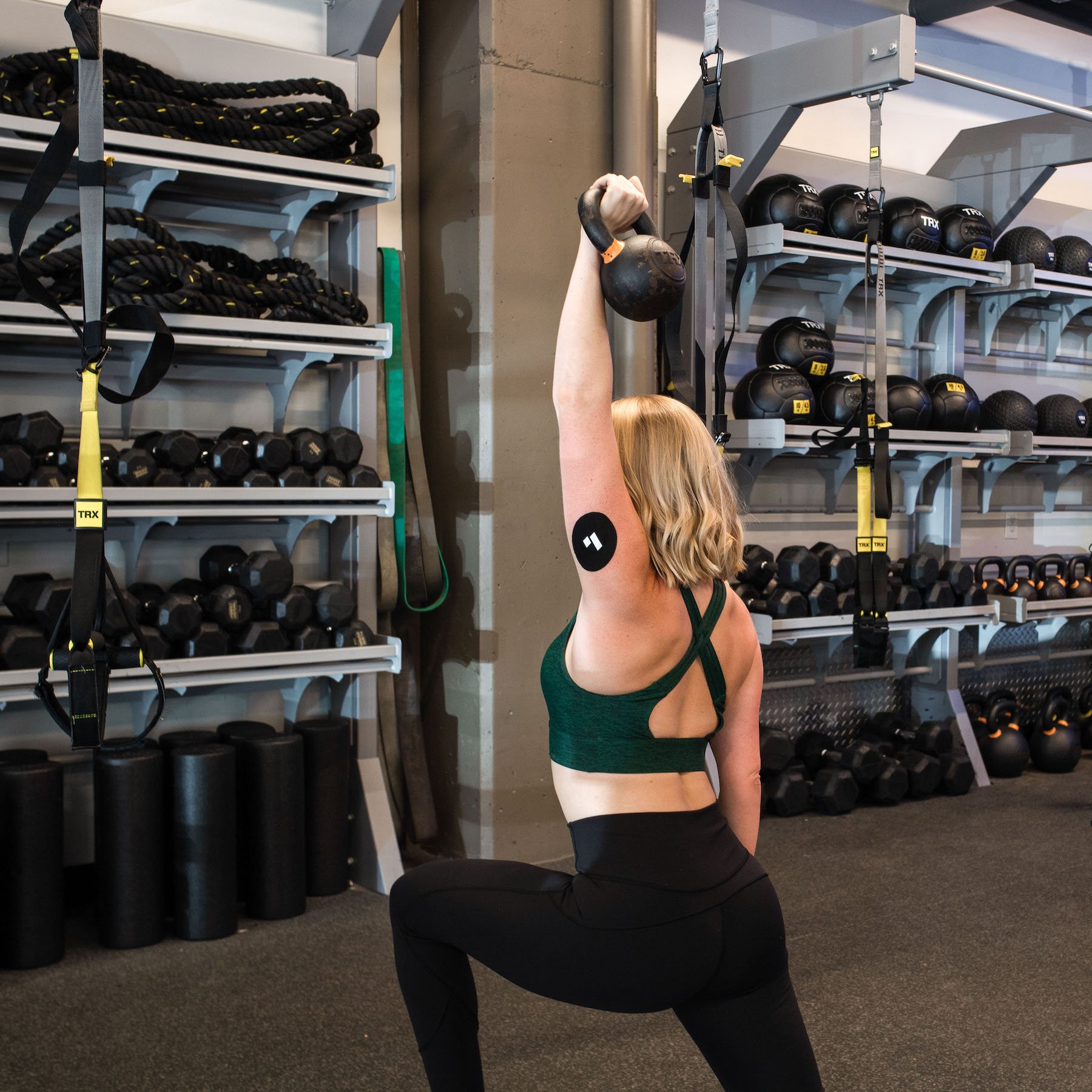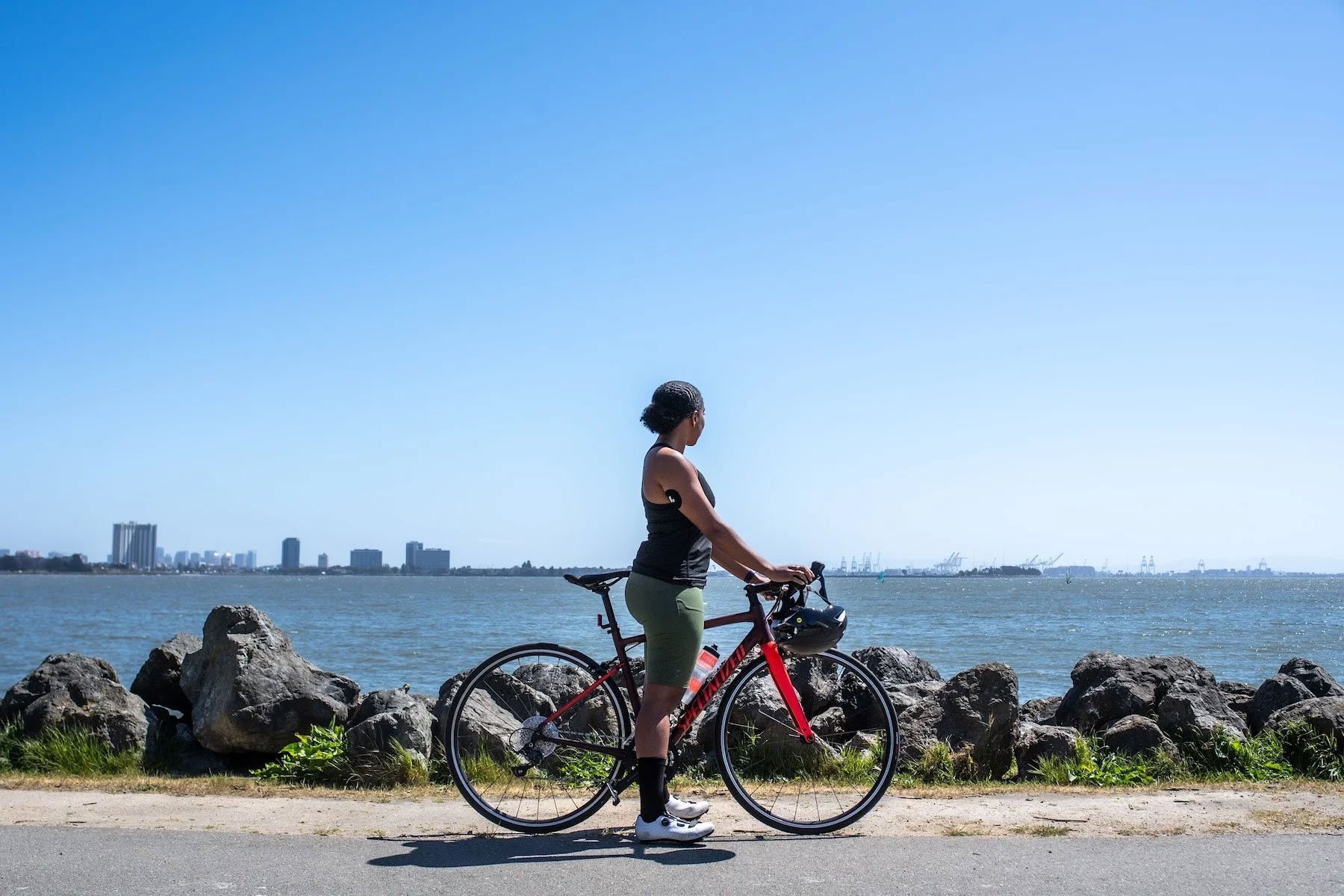Matthew Laye is an Associate Professor at The College of Idaho and chair of the Health and Human Performance Department. His recent research focuses on physical activity, meal timing, and blood glucose, so we asked him to examine a recent paper on the subject, tell us what it means and what valuable takeaways he saw.
Video breakdown: 5 Minutes, 5 Slides, 5 Questions
The Study
Article Title: Effects of Different Exercise Strategies to Improve Postprandial Glycemia in Healthy Individuals
Journal: Medicine and Science in Sport and Exercise, 2021
Authors: Bellini A, Nicolò A, Bazzucchi I, Sacchetti M
👍 The Takeaway
Get up and move any way you can right after each meal, for at least 15-30 minutes.
📘 Background
Most of the existing research on the metabolic health effects around meals and physical activity timing includes subjects with existing metabolic dysfunction. That’s because these are the people for whom we’re most interested in finding solutions, and because they are the most likely to experience a meaningful change with any effective intervention.
We found that physical activity immediately after a mixed-nutrient breakfast shake in the morning led to a lower glucose spike and lower overall blood glucose.
However, it’s likely (though unproven) that people without a diagnosed condition of metabolic dysfunction could also benefit from lower glucose spikes and improved overall glycemic control. In fact, I looked at this exact question—does physical activity timing in people without metabolic disorder lower the glucose spike after breakfast?—in a study that I conducted with a colleague a few years ago.
We found that physical activity immediately after a mixed-nutrient breakfast shake in the morning led to a lower glucose spike and lower overall blood glucose. This was true whether the physical activity was standing (standing desk anyone?), walking at a relatively slow pace, or performing circuit training. For all exercise, the most effective timing was right after eating. But our work only really scratched the surface of this area.
“Exercise 15 minutes after eating is ideal. Get out and move immediately post-meal!”
This paper replicates some of our findings and extends them in several ways. The study is actually more like 6 mini studies aimed at answering various questions around the theme of exercise timing. So let’s see what they found, what it means (and doesn’t mean), and how to apply it to your life.
✅ Study Hypothesis
This was an ambitious study in which the researchers asked six different questions:
- Does morning exercise timing alter the glycemic response to lunch?
- Do different exercise types (aerobic, resistance, or aerobic + resistance) lead to different glycemic responses?
- Do different aerobic exercise types (walking, cycling, or elliptical) lead to different glycemic responses?
- Do different timings relative to a meal of walking lead to different glycemic responses?
- Do different durations of walking lead to different glycemic responses?
- Does breaking up walking into chunks of time lead to different glycemic responses?
🔬 What They Did
Across all of the studies, there were some important consistencies.
- The subjects in all studies were young (~24 years old), healthy (BMI <25), mixtures of men and women. The same subjects completed all trials of a given study, but not all six different studies.
- All studies looked at the effect of physical activity on the spike in glucose after breakfast (except the study that focused on lunch). That breakfast was corn flakes, skim milk, and sugar to total 1g/kg of body weight. (Lunch was pasta with olive oil and parmesan.)
- All studies did a control trial with no exercise to collect baseline data for participants.
- They measured blood glucose with a finger prick (actually two finger sticks with an averaged value). This approach was necessary due to the typical 5-10% error range of most finger-stick glucose measurements devices. Each study had 11 to 14 measurement points in a 2 hours period (~every 15 minutes), so every participant underwent at least 22 to 28 finger pricks.
Here I’ll break down exactly what the researchers did in each study. If you don’t need this level of detail, skip to the next section.
- 30 minutes of “brisk” walking (120 steps/minutes) 30 minutes after breakfast versus 60 minutes after breakfast versus 90 minutes after breakfast. Looking at the effect on breakfast and lunch glycemic levels.
- 30 minutes of “brisk” walking versus five resistance exercises in four sets (push-up, box squat, dynamic plank, rowing using elastic bands, and lunges) with 30 seconds of exercise with 60 seconds rest versus 15 minutes of “brisk” walking plus two sets of resistance exercises. All done 30 minutes after breakfast.
- 30 minutes of walking on a treadmill versus cycling on a stationary bike versus elliptical machine—all matched for 70% of age-adjusted maximal heart rates. All done 30 minutes after breakfast.
- 30 minutes of “brisk” walking starting 45 minutes before breakfast versus 15 minutes after breakfast versus 30 minutes after breakfast.
- 30 minutes of “brisk” walking versus 45 minutes of “brisk” walking both starting 15 minutes after breakfast.
- 30 minutes of “brisk” walking, starting 15 minutes after breakfast, but broken up three different ways:
- 2 sets of 15 minutes, with a 15 minutes rest between sets
- 6 sets of 5 minutes with a 10-minute rest between sets
- 12 2.5-minute sets with 5 minutes of rest between sets
📊 What They Found
First: cornflakes with skimmed milk and sugar are a good breakfast choice only if you’re looking to spike your blood glucose. Participants’ glucose values peaked between 120 mg/dL and 140 mg/dL between 30-45 minutes post breakfast.
Here’s what researchers found in each study:
- Regardless of when exercise after breakfast occurred, it had no effect on the glycemic response following lunch.
- Resistance exercise caused the lowest mean glucose compared to the control group, but the difference among all three exercise groups was minimal.
- Walking, cycling, and elliptical all significantly reduced the area under the curve for blood glucose following breakfast, with a significant reduction in mean glucose for cycling and elliptical but not walking compared to control; however, differences were minimal.
- Walking 15 minutes or 30 minutes after breakfast were better at lowering glucose than walking before breakfast, which had no difference compared to the control.
- There was no difference between a 30-minute or a 45-minute walk 15 minutes after breakfast. Both lowered area under the curve for glucose compared to the control.
- The shortest duration sets—2.5 minutes of walking—led to a lower area under the curve and mean glucose levels compared to the control. The 5-minute walks had less of an effect, and the 15-minute sets had no effect compared to control.
It’s worth noting that most of the trials showed what we call a “moderate effect size.” In real-world numbers, the difference in mean glucose over the 60 minutes post-breakfast was somewhere between 5–10 mg/dL.
💪 Strengths of Research
- Each separate study had its own control trial to compare.
- They used real food for breakfast and easy-to-complete exercises you could easily replicate.
- Participants were people without metabolic impairment so we can more easily apply the learnings to a broader population.
📉 Weaknesses of Research
- The effects beyond breakfast were not really examined (except in the first study). Do the same findings hold for lunch and dinner?
- The breakfast was high in refined carbohydrates, which limits the applicability to those eating a lower glycemic or lower carbohydrate breakfast.
- Finger pricks are not considered the gold standard for measuring blood glucose and may not allow for the best identification of the peak glucose levels, as you might miss the peak if you don’t time it properly. Continuous glucose monitors would be better as they would have captured the full excursion, but are slightly less reliable in terms of absolute accuracy.
- Sample sizes for the studies were on the smaller side.
📋 My Takeaways
First, one disclaimer: With any study, the first question I ask is: To whom does this apply and under what circumstances? Here, it’s healthy young people eating a high glycemic, high carbohydrate breakfast. All other populations, ages, meals, meal compositions may not show a similar response.
Most surprising finding: 30 minutes of total walking broken into 2.5- or 5-minute walking chunks (with time in between each set) was more effective than two sets of 15 minutes walking, 15 minutes rest in between. One interpretation of this is that the frequency of activity is more important than the volume of activity.
Other practical takeaways:
- 🕒 Exercise 15 minutes after eating (maybe sooner) is ideal (30 minutes after led to a higher spike). Get out and move immediately post-meal!
- 🚶 30 minutes of walking lowered glucose, while 15 minutes did not. So the minimal dose of exercise is somewhere between 15-30 minutes.
- 🏃 None of the exercise protocols were that strenuous. A brisk walk is plenty good enough to get the benefits.
🤔 Questions This Study Left Me With
- Would there be a similar “need” for physical activity immediately after a lower carbohydrate breakfast like bacon and eggs, or even whole-grain toast with cheese or other fats which are known to lower peak postprandial glucose?
- Would we see similar exercise effects post-lunch or -dinner?
- What are the long-term effects of lowering post-meal glucose “moderately” at breakfast? How much risk reduction for diabetes or cardiovascular disease does this type of improvement actually result in?
- Do the findings extrapolate to different populations such as those with prediabetes, older adults, or pregnant women?
🧠 Final Thoughts
Overall, I really thought this was an excellent study that validated previous research studies and had a few novel observations of its own with regard to physical activity timing and post-prandial glucose levels. Given that these were healthy, young subjects, the moderate effect sizes observed really emphasizes that even those who are “metabolic” healthy may have variations in their postprandial glucose levels and these levels are modifiable. The long-term effects of maintaining “ideal” glucose levels are still being debated in the scientific literature, but it’s unlikely that preventing spikes in glucose is somehow bad for you, and more likely that there is some benefit of unknown strength.
